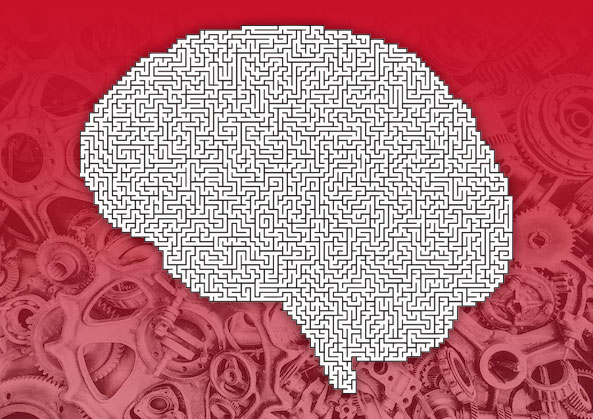
Machining Graphite Requires Knowledge and Care
Machining graphite can prove tricky, particularly when components with intricate geometries require outstanding accuracy. Here are four points to keep in mind when machining any graphite grades:
1. Choose the Correct Graphite Grade
Graphite grades are difficult to distinguish visually, especially to the untrained eye. That being said, all graphite grades feature unique physical characteristics and properties that our graphite experts at Semco can easily recognize. Graphite grades are grouped by average particle size. The general rule is that 0.030’’ particle size materials are extruded materials, while materials in the 0.002’’ down to microns particle size are isomolded graphite grades. This is a very general classification, with exceptions at both ends of the spectrum. How grades rank within classifications is an indicator of potential applications and performance. Rougher work is better suited for the 0.030’’ particle size materials, while intricate, fine machining is better suited for the small particle size materials (again, with exceptions). The graphite experts at Semco can always help you determine the best graphite grades for all your applications.
2. Correct Properties
Compressive strength, flexural strength and shore hardness are three key determinants of performance during graphite machining. Compressive and flexural strength are measures of how the material performs under loads, while hardness is a measure of the internal strength of the material, as well its machinability. Harder graphite grades machine better and finer. It is important to note that, usually, the harder the material, the lower the impact strength and thermal shock. These considerations should also be taken into account when choosing a graphite grade for your specific application. In addition, hard, dense materials can be very abrasive to cutters, causing wear that increases the cost of the job.
3. Use the Right Technology
As readers of this blog well know, there are dedicated machines for graphite machining. While these machines will greatly speed along production, they are not the only machines manufacturers can use. A machine with a fast spindle and a control with a high processing speed can be used for graphite manufacturing. Ideally, the fast control should also have look-ahead functionality, and the user should utilize toolpath optimization software.
4. Invest in Dust Ventilation
Synthetic graphite is an inert material, and so not as hazardous to humans as some other materials. Nevertheless, improper ventilation of a workspace where graphite machining is occuring can still cause problems. Synthetic graphite is electrically conductive, posing issues around equipment that can short out upon contact with foreign conductive materials. For this reason, air positive pressure on all controls is a great investment. Graphite dust can also cause stinging, watering, and redness of the eyes if not properly ventilated. Contact with the dust of all graphite grades can be abrasive and mildly annoying.
Not only can dust from graphite machining cause electrical problems and physical irritation for machinists, but accumulated dust in the workplace can be flammable under certain circumstances. Controlling any one hazardous element (fuel, oxygen, ignition, dispersion, or confinement) drastically lowers the possibility of a fire. Removing dust at the source through ventilation is best practice for controlling risk. Dust removal at the source is usually accomplished with the installation of high-velocity air systems with dust collection, including HEPA filters. While dust removal is a great practice, graphite machining shops should consider all factors for maximum safety.
